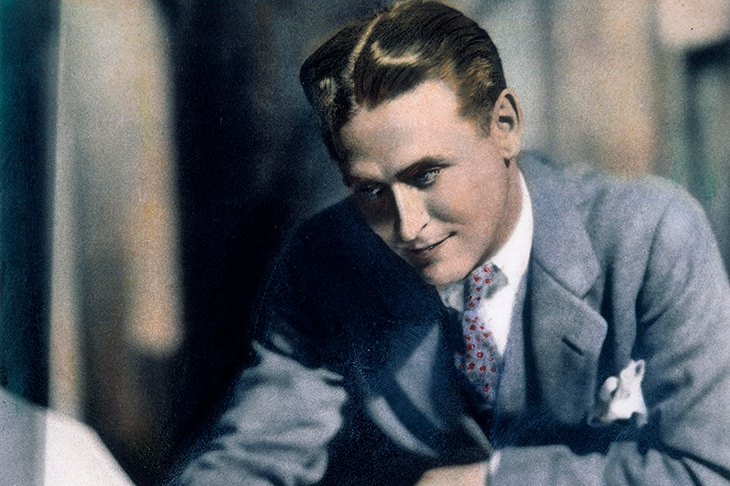On a shard of paper, some time in the bleak mid-1930s, F. Scott Fitzgerald incorporated a favourite line from one of his favourite poets, John Keats, in a short verse of his own:
Don’t you worry I surrenderDays are long and life’s a benderStill I know thatTender is the Night
Keats was a Romantic, perhaps the Romantic, with his lyric gift and tragically brief life. Fitzgerald loved the Romantic poets, and romance in the lower case, but was at the heart’s core a modernist, far more egoist than romantic, and quite hard-boiled. The little quatrain above is rather like T.S. Eliot’s ‘jug jug’ in The Waste Land — homage of a sort, but also showing ironic distance, and no intention of writing like Keats. Indeed, it’s all about his own novel in the last line, with ‘Night’ capitalised; the moustache on the Mona Lisa.
Jonathan Bate, in Bright Star, Green Light, speculates on the convergence of the twain. Taking Plutarch’s paralleled Lives as his model, Bate yokes Keats and Fitzgerald together to compare the leading achievements of this oddly matched team — Keats’s mature poems and Fitzgerald’s novels. Some of the parallels work, and some strain. Basic parallels of their lives are well known. Keats died in 1821 at the age of 25; Fitzgerald had his first and most lucrative success a century later, with This Side of Paradise in 1920, when he was 23. Keats loved and lost Fanny Brawne because he died before they could marry; Fitzgerald loved and lost Ginevra King because she married a rich boy instead, and then loved Zelda Sayre, only to lose her to her increasing mental illness.
Bouncing between Keats and Fiztgerald can feel like being at a tennis match with one’s head as the ball
As Bate chronicles their lives and writings together, his book bounces from Keats to Fitzgerald in alternating chapters.







Comments
Join the debate for just £1 a month
Be part of the conversation with other Spectator readers by getting your first three months for £3.
UNLOCK ACCESS Just £1 a monthAlready a subscriber? Log in